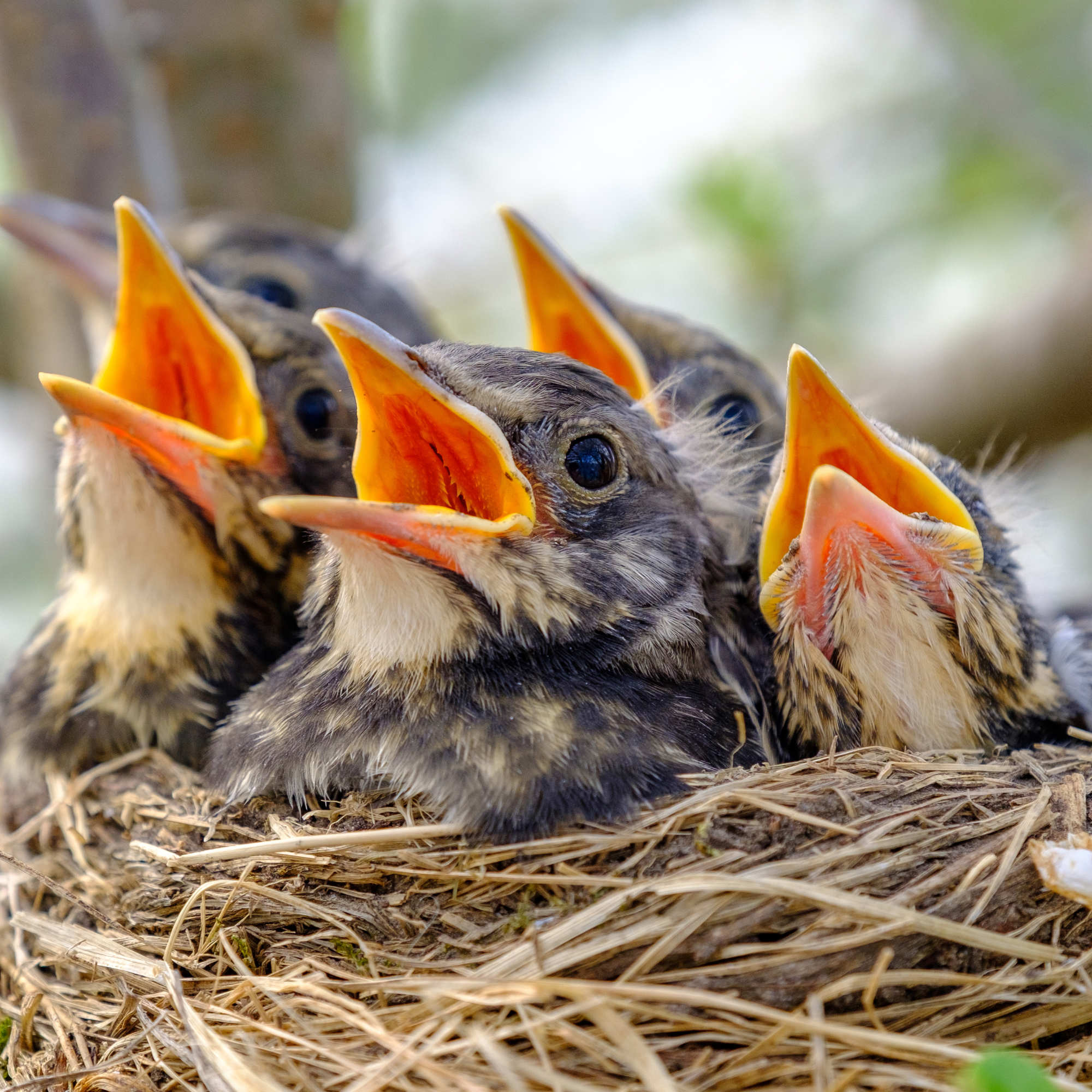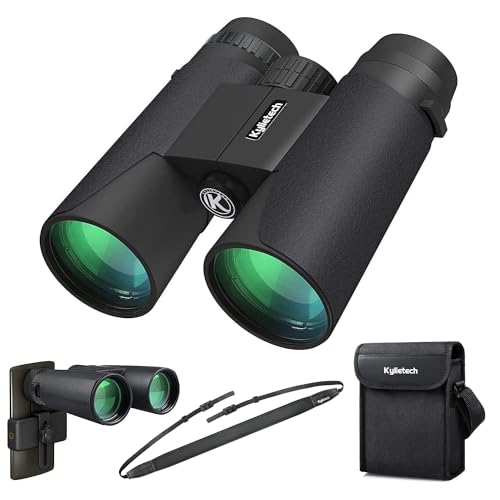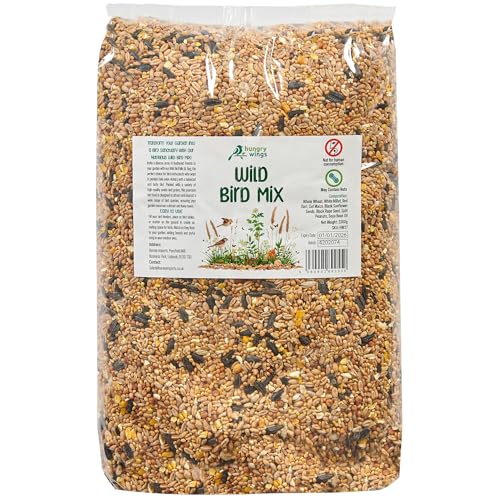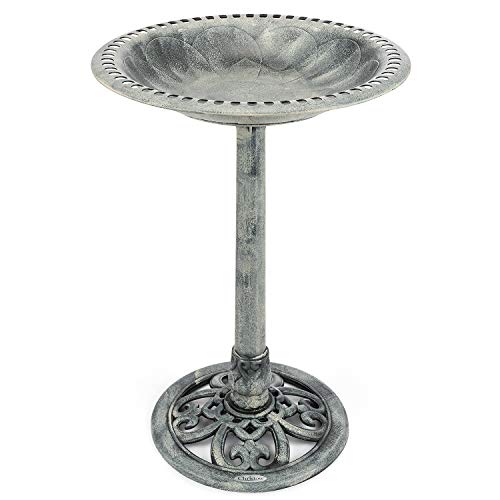Wildlife experts issue warning to gardeners if they find a baby bird in their garden this summer
They're more resilient than you think


Wildlife experts are urging gardeners to leave fledglings alone if they spot them on the ground in their garden.
Nesting season is upon us, and if you’ve dedicated time to attracting birds to your garden, then you may have had a few nests, and even a few chicks join your wildlife garden this summer.
However, as fledglings begin to leave the nest, wildlife experts want you to leave them alone if you find one on the ground. It sounds strange, but these birds are likely fine, and you can do more harm than good trying to move or ‘help’ them.
This is everything you need to know.
What should you do if you spot a baby bird in your garden
It can be easy to confuse finding an injured bird with finding a fledgling. They may look a little helpless, but this is rarely the case, and they are best left alone.

‘Generally speaking, the number one rule if you find a fledgling bird in your garden is to leave it alone. This is because although fledglings of some garden bird species aren’t able to fly as soon as they leave the nest – e.g. Blackbirds – most can, and in any event, all will be mobile enough using their feet,’ explains Lucy Taylor, garden wildlife expert at Vine House Farm Bird Feeder.
‘Parent birds will know where their fledglings are and therefore will frequently be returning to them with food. So, moving a fledgling to elsewhere in your garden potentially risks the parent being unable to find it. The exception might be if the fledgling is in a very exposed area and vulnerable to a cat or dog, in which case you could carefully move it to somewhere very close by, such as a hedge or shrub.’
Sign up to our newsletter for style inspiration, real homes, project and garden advice and shopping know-how
What to do if you find an injured fledgling
On the rare occasion you see an injured fledgling, you may need to act. However, if you are unsure, it’s always best to talk to your local vet or wildlife charity for guidance.

‘If you can see a fledgling is visibly injured, or under threat like predators, you can then intervene for their safety. Visible injury or danger for a fledgling could look like bleeding or broken wings or legs, issues with orientation and balance like a tilted head or repeatedly falling over, exposure to dangerous surroundings like cats or busy roads, or certainty that a parent is not nearby - like no returning parents after one to two hours,’ James Ewens, gardening and wildlife expert at Green Feathers.
‘If you stumble across a fledgling near the road, on a path or in another place that could cause harm to the bird, you can pick it up gently and transport it to a sheltered place nearby. Luckily, birds communicate with each other constantly, so if they can still hear each other, they can reunite. If the fledgling is evidently unwell or looks seriously injured, you can transport it safely to your home, then contact a wildlife rescue for expert advice and intervention.’
Chicks are far more resilient than they appear, and if you spot one in your garden, they're are most likely fine. Instead, why dont you sit back relax and do some birdwatching instead?

Kezia Reynolds joined the Ideal Home team as News Writer in September 2024. After graduating from City, University of London in 2022 with a bachelor’s degree in journalism, Kezia kicked off her career spending two years working on women’s weekly magazines. She is always on the lookout for the latest home news, finding you the best deals and trends - so you don’t miss a thing!
You must confirm your public display name before commenting
Please logout and then login again, you will then be prompted to enter your display name.


